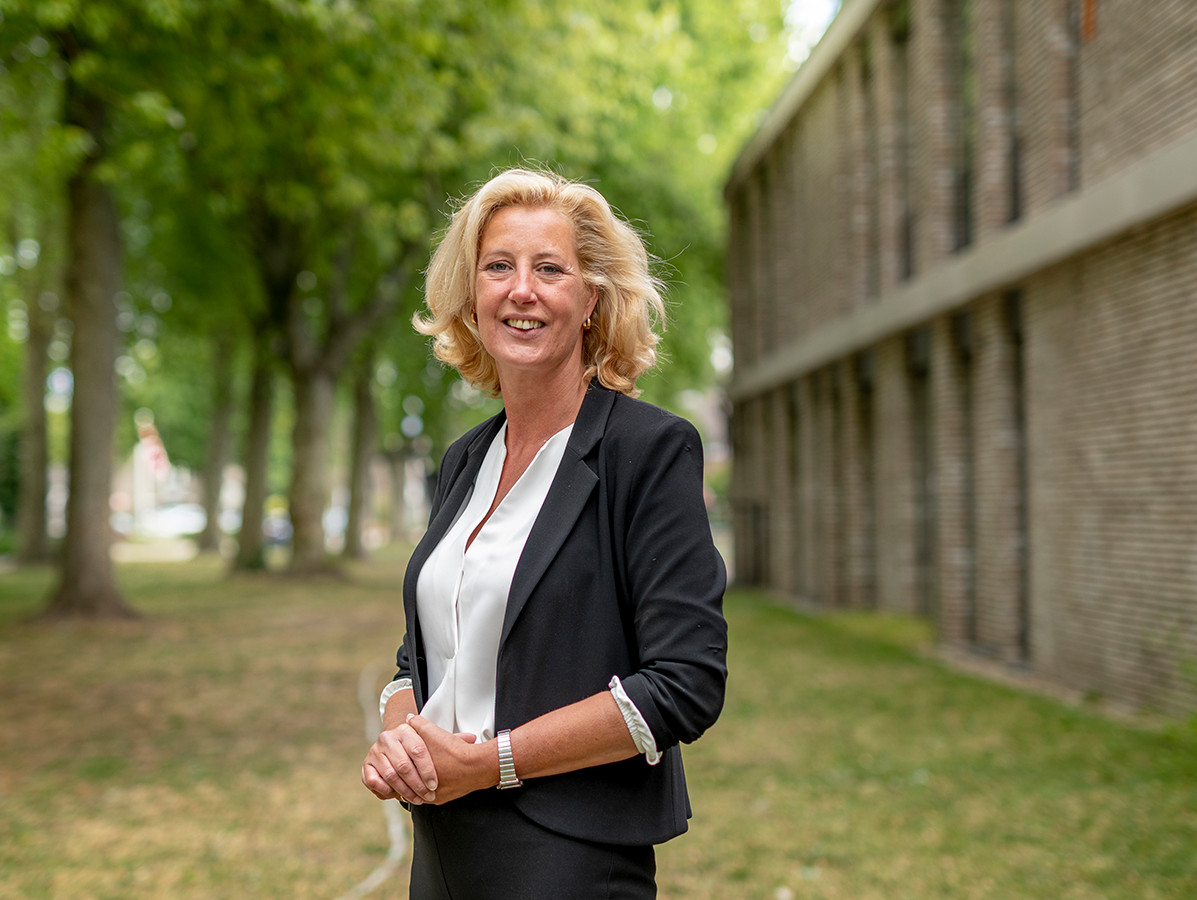
Where food is processed, a cooling installation is in use. Thanks to new techniques, the possibilities now extend far beyond just cooling and freezing. The transition to natural refrigerants is also contributing to the arrival of a new generation of refrigeration systems.
"It is a dynamic industry," Miranda Groot Zwaaftink starts the conversation. "The national government and Europe are focusing a lot on the subject. And the techniques are developing enormously." Groot Zwaaftink is project manager Technology, Safety and Environment at NVKL, the sector organisation for refrigeration and air treatment. The organisation represents the interests of more than 400 companies that are active in refrigeration technology, heat pump technology, climate-control and/or air conditioning. The NVKL also supports its members with advice and information on, among other things, legislation, technology, marketing, education and personnel matters. Groot Zwaaftink: "Refrigeration technology is an important but relatively invisible factor in many sectors, such as healthcare or data centres. In the food sector, technology plays a fundamental role throughout the entire chain, from agriculture to the catering industry. It ensures that potatoes can be kept dry at the farmer's, bananas and cheese can ripen in special cells, and fish products can be kept at a food processing company.
"More and more companies, and I mean both the building and the processes that take place there, are becoming increasingly dependent on their refrigeration system. A faltering continuity of heat supply can become a problem. This is due to the fact that more and more often the installations also serve as a heat source, for example for cleaning activities or for radiators. If your installation breaks down or there is a leak, you are left with an unheated building. And cold stores are increasingly better isolated, which reduces the excess heat. As early as in the orientation and design phase of a new cooling installation, the entire operating process and the challenges need to be mapped out: how much surplus heat can I extract from the installation, where do I want to use it, and what alternative heat sources are available to deal with any problems? Reliability of the installation is therefore crucial at the time of purchase. Furthermore, the installation and execution of the components is of great importance. This is particularly important for a food processing company - the components must be easy to clean so that moulds and bacteria don't get a chance".
"We recommend that a preventive maintenance is carried out annually by an NVKL-approved installer. They can be selected on the basis of their specialisation and have the required technological knowledge. They are also aware of the new laws and regulations and mandatory inspections. Convenient, because at many companies they can no longer see the wood for the trees".
"We are seeing a development towards installations that use natural refrigerants such as CO2, ammonia and propane. These refrigerants have a low GWP value - a number that reflects their contribution to the global warming effect - and are therefore much less harmful to the environment than synthetic refrigerants, HFCs. Natural refrigerants can also perform better under specific conditions. In the meantime, more and more installations are being built using natural refrigerants. However, most companies currently still have a refrigeration installation that runs on synthetic refrigerants. Since installations last on average 25 to 30 years, we expect a major turnaround in the coming years. Incidentally, there are various government subsidies that can be interesting when purchasing a new installation".

"It is not possible to make an existing installation suitable for natural refrigerants. But in many cases the installation can be converted to run on synthetic refrigerants with a lower GWP value, based on HFO. In 2018, many of these new refrigerants were introduced by the industry, encouraged by international agreements. It should be noted that, for the time being, they can only be used in refrigeration applications - not in freezing applications - and are classified as 'mildly flammable'. This requires the installer to be aware of the risks and to know what measures to take to prevent accidents. In order to guarantee this knowledge and quality, the Cold and Climate Technology Network was set up. The NKK consists of representative professionals from the sector and works together with InstallQ for the monitoring of examination requirements and suchlike. The NKK would also like to invite representatives of agricultural and food producers to participate, so that, among other things, the safety of employees can be examined together".
"The aim is to reduce emissions of fluorinated greenhouse gases, the F-gases including HFC refrigerants. The regulation has been in force since 2015. But as of this year, a refill ban will apply to HFCs with a GWP value above 2500, including R404A and R507C. It is also mandatory to carry out leak checks on your installation. Depending on the type of refrigerant and the content of the installation, the leak tightness must be checked at least once a year. Furthermore, from 2030 onwards, the production of other HFCs with a GWP value below 2500 must be reduced by 80% compared to 2015. This is already having an enormous price-increasing effect on the refrigerants that are part of the phase-back policy, such as R134A. It has a GWP of 1430 and has already become two to three times more expensive".
"Absolutely! Every two years we hand out the cooling trophy and we consistently see a lot of innovative concepts in the entries. This varies from product and service innovations to technical and organisational ideas. This year there were many innovations in the field of climate control. The trophy went to Wagenaar Koeltechniek because of their research into the interaction between a heat pump and an agricultural product to be dried based on data analysis. That data is based on the quantity, moisture content and moisture equilibrium conditions of the product. With the mathematical models from the data analysis, so-called 'drying concepts', the design of the heat pump drying installation with natural refrigerant can be determined. This saves an enormous amount of energy. Another innovation was a sustainable and efficient air treatment system from Air@Work. This system ensures fresh air supply with a closed electrostatic filter, which also captures the ultra-fine nanoparticles. Another great innovation was the entry of Menerga Climate Technology: a chiller that uses tap water as a refrigerant".
"Fairly recently in food production, for example, the further development of new refrigerants, including Alkali, Temper, and various slurries such as CO2 hydrate. In addition, many studies are being carried out into optimising the compressor installation and making it more energy efficient. New or existing refrigerants, even water, are tested and sometimes already applied. Another way to increase sustainability is to make cooling more specific. In this context, it is no longer the production area that is cooled, but only the production process. Think of the application of a so-called incubator across the production line. We are also working on the development of high-temperature heat pumps, in which the residual heat from mostly industrial processes is converted to hot water and even steam at a very high efficiency. As NVKL, we are very much looking forward to these promising techniques!
Photos: © Thomas van Oorschot/Studio 38c
Source: © Vakblad Voedingsindustrie juni 2020